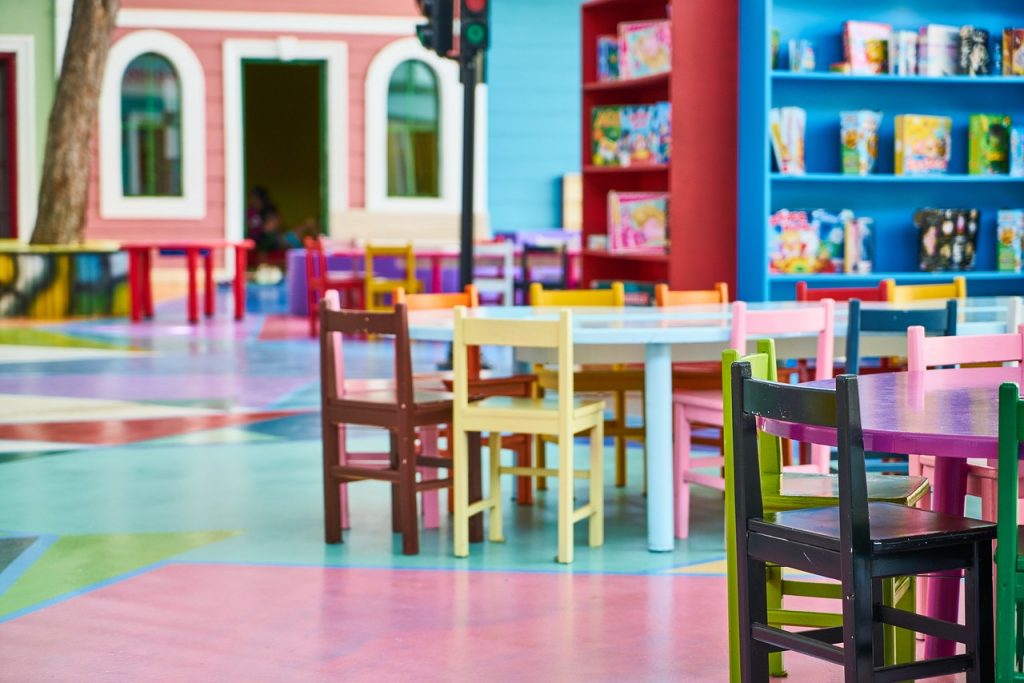Interior design plays a crucial role in creating inspiring and engaging spaces for children in childcare centers. A well-designed environment not only enhances a child’s development but also creates a sense of joy and inspiration. In this blog post, we will explore various aspects of interior design that can contribute to creating inspiring spaces for children in childcare centers.
Understanding the Importance of Inspiring Spaces
Research has shown that the physical environment significantly impacts a child’s learning and development. A well-designed space can foster creativity, imagination, and cognitive development. Children spend a significant amount of their time in childcare centers, so it is essential to create an environment that sparks their curiosity and encourages exploration.
Assessing and Planning the Space
Before embarking on the interior design journey, it is crucial to assess the available space and plan accordingly. Consider factors like the size of the room, natural light, and the number of children the space needs to accommodate. Think about creating separate areas for different activities like reading, playing, and resting. An important element to consider is incorporating age-appropriate furniture such as children’s armchairs that provide comfort and support for the little ones.
Incorporating Engaging Colors and Patterns
Colors and patterns have a significant impact on a child’s mood and behavior. Opt for vibrant and stimulating colors like red, yellow, and blue to create an energetic and cheerful atmosphere. Use patterns like polka dots, stripes, or animal prints to add visual interest to the space. Be mindful of blending both warm and cool colors for a balanced and inviting environment.
Creating Functional and Flexible Areas
Children thrive when they have spaces that are both functional and flexible. Incorporate age-appropriate furniture and equipment that cater to the needs of different activities. Consider using modular furniture that can be easily rearranged to accommodate various play scenarios. This flexibility encourages creativity and adaptability in children while also maximizing the use of space.
Using Natural Elements for Connection to Nature
Integrating natural elements into the interior design of childcare centers can provide a connection to nature, which is essential for a child’s holistic development. Consider incorporating plants, natural materials like wood, and textures like grass or sand. These elements not only add visual interest but also create a calming and nurturing environment.
Incorporating Age-Appropriate and Stimulating Materials
Children learn through hands-on experiences, so it is crucial to provide them with age-appropriate and stimulating materials. Consider a variety of textures, shapes, and sizes in toys and learning materials to encourage exploration and tactile development. Incorporate open-ended materials like blocks, puzzles, and art supplies to foster creativity and problem-solving skills.
Enhancing Safety and Accessibility
Creating an inspiring space for children goes hand in hand with ensuring their safety. Pay attention to child-proofing the environment by covering electrical outlets, securing furniture to the wall, and avoiding sharp edges. Additionally, design the space to be accessible to children of all abilities, considering the placement of furniture, ramps, and wide doorways to accommodate wheelchairs.
Creating a Sense of Ownership and Personalization
Children thrive when they feel a sense of ownership and belonging in their environment. Encourage their involvement in the design process by giving them choices in selecting materials and furniture. Consider displaying children’s artwork and projects on the walls to showcase their creativity and create a sense of pride. Personalize spaces with name labels or picture frames, giving each child a sense of identity within the childcare center.
Conclusion
Creating inspiring spaces in childcare centers through thoughtful interior design solutions can have a profound impact on a child’s development and well-being. By incorporating engaging colors and patterns, functional and flexible areas, natural elements, stimulating materials, safety measures, and personalization, childcare centers can provide an environment that fosters curiosity, creativity, and a love for learning. Remember, a well-designed space not only inspires children but also the educators and caregivers who facilitate their growth and development.

